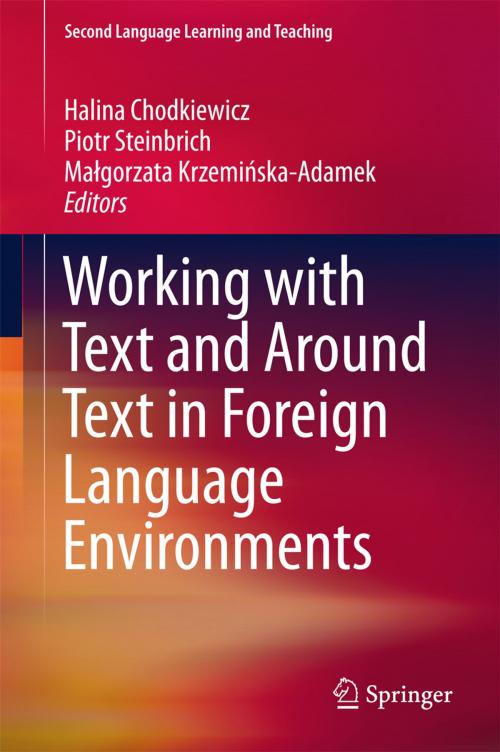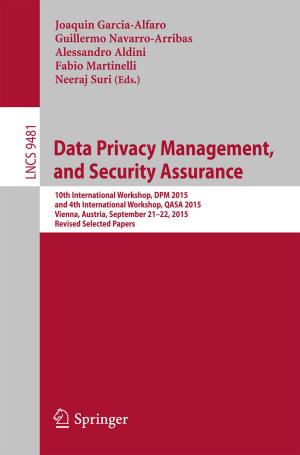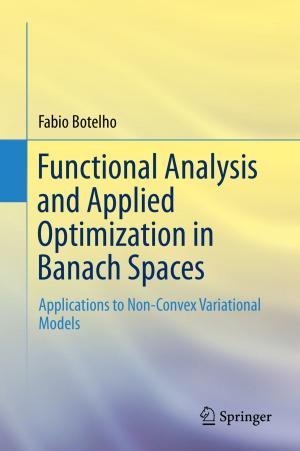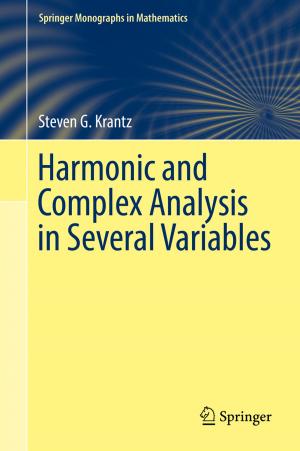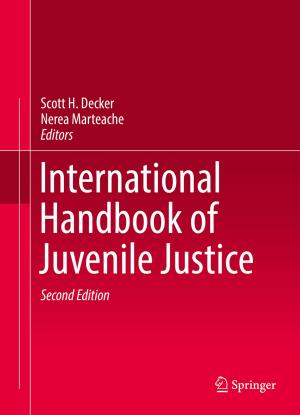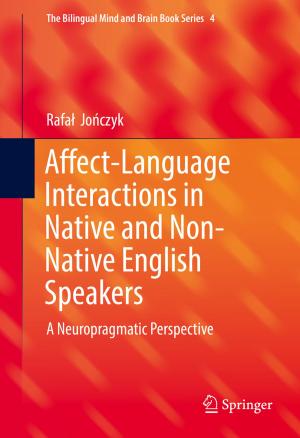Working with Text and Around Text in Foreign Language Environments
Nonfiction, Reference & Language, Education & Teaching, Teaching, Language Experience Approach, Language Arts, Linguistics| Author: | ISBN: | 9783319332727 | |
| Publisher: | Springer International Publishing | Publication: | June 28, 2016 |
| Imprint: | Springer | Language: | English |
| Author: | |
| ISBN: | 9783319332727 |
| Publisher: | Springer International Publishing |
| Publication: | June 28, 2016 |
| Imprint: | Springer |
| Language: | English |
This book investigates the three pivotal points of text for foreign language acquisition: reception, construction and deconstruction. In Part One, the focus is on various aspects of text reception, such as developing literacy, text interest, and perceptions of the academic register or the assessment of spoken language in educational contexts. Part Two deals with various aspects of composing text, such as author identity, lexical constructs or collaborative web-based writing. Lastly, Part Three presents the various segmental items that constitute text, like lexical clustering, L1/L2 relationship, classroom talk as text, etc. The division corresponds with what can be viewed as a logical sequence of text-related processes reflected in formal learning and teaching environments.
This book investigates the three pivotal points of text for foreign language acquisition: reception, construction and deconstruction. In Part One, the focus is on various aspects of text reception, such as developing literacy, text interest, and perceptions of the academic register or the assessment of spoken language in educational contexts. Part Two deals with various aspects of composing text, such as author identity, lexical constructs or collaborative web-based writing. Lastly, Part Three presents the various segmental items that constitute text, like lexical clustering, L1/L2 relationship, classroom talk as text, etc. The division corresponds with what can be viewed as a logical sequence of text-related processes reflected in formal learning and teaching environments.
